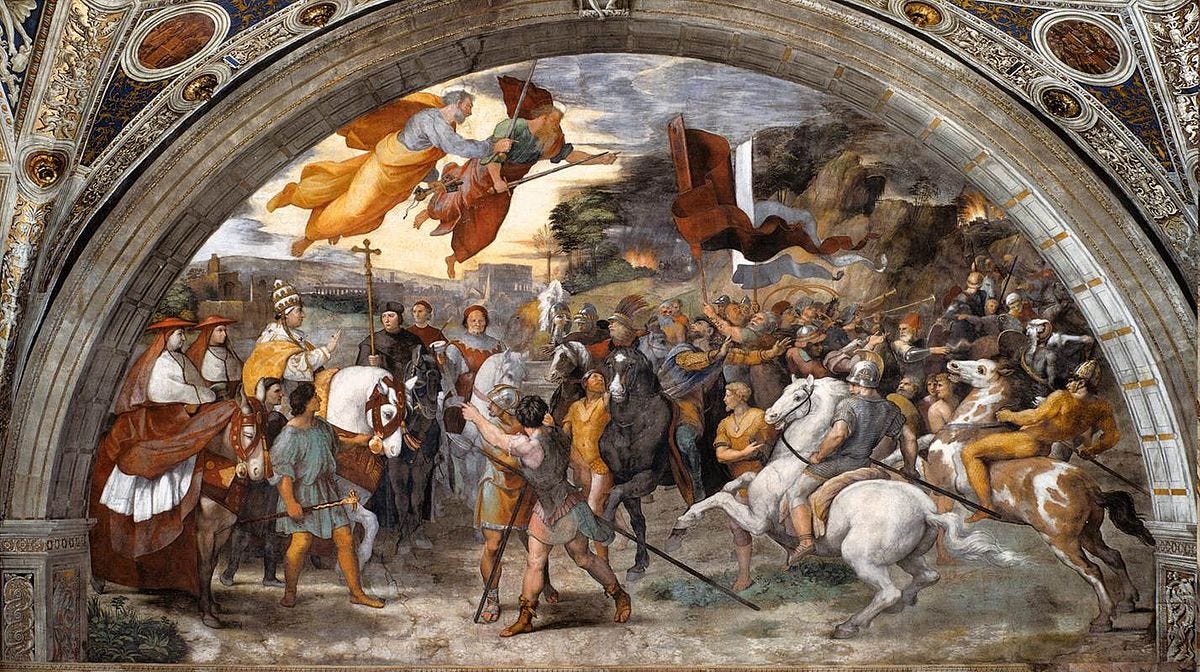WikiBites #6
📝 In case you missed our latest Instagram history series, here's a brief recap
Hi Starpeople!
Last week we wrote a series of posts on Instagram about the seven wonders of the ancient world. In case you missed it, here’s a brief recap and a little easter egg about another list of seven wonders (and maybe a spoiler for one of the next series 😉 )
PS: In case you don’t want to miss our daily Instagram posts about history, you should follow us @historybyrigel (you can follow us even if you don’t care about history, that would be a nice way to support our project anyway)
🏛 THE SEVEN WONDERS OF THE ANCIENT WORLD
The seven wonders of the ancient world were first listed by Antipater of Sidon (the oldest list that has survived to the present day).
However, it is believed that they coexisted only for about 25 years. In fact, only one of them is still visible today while all the others went lost, some of them already in ancient times:
🔺The Pyramid of Khufu, the tomb of the homonymous pharaoh is still standing today in Egypt in Giza;
🌴 The Hanging Gardens of Babylon in Mesopotamia, now Iraq, whose existence is still debated and little or no traces have been found so far by archaeologists;
⚡️ The Statue of Zeus at Olympia in Greece, whose temple was destroyed in 426 A.D., while the statue, of which no accurate copies survive, may have been destroyed then or in a fire in Constantinople about 50 years later;
🏛 The Temple of Artemis at Ephesus in today’s Turkey, that was destroyed by Goths in 262 C.E. It appears to have been later rebuilt or repaired, as the temple might have been in use for worship during the rise of Christianity and closed as a consequence of the persecution of pagans in the late Roman Empire;
🗽 The Colossus of Rhodes in Greece, which was destroyed by an earthquake around 225/226 B.C.. The fragments of the Colossus were not removed until 654 AD, when Arabs raided Rhodes and sold the bronze fragments for scrap. It is said that the fragments amounted to more than 900 loads of camels;
🛕 The Mausoleum of Halicarnassus, now Turkey, that was probably destroyed by an earthquake between the 11th and 15th centuries A.D., and its stones may have been reused in local buildings;
💡 The Lighthouse of Alexandria of Egypt. However, Antipater’s original list included the Walls of Babylon instead. The lighthouse was destroyed by an earthquake in 1303 and in 1477 the Mamluk sultan Qāʾit Bāy built a fort from its ruins.
🔬 A TREE OLDER THAN THE SEVEN WONDERS OF THE ANCIENT WORLD
An ancient 4,800-year-old Great Basin Bristlecone Pine, the Methuselah Tree (Pinus longaeva) grows high in the White Mountains of eastern California.
Named, obviously, after the Biblical figure that lived for 969 years, the Methuselah Tree grows in the Methuselah Grove, which is in Inyo National Forest’s Forest of Ancients, where it is surrounded by other ancient trees. The exact location of the tree, though, is kept secret to protect it against vandalism.
When Edmund Schulman and Tom Harlan, two dendrochronologists from the University of Arizona, took samples from the famous tree in 1957, they discovered it was 4,789 years old. It is estimated that the tree germinated in 2832 B.C., making Methuselah one of the oldest known living trees and non-clonal organism (a clonal colony is a group of genetically identical plants that have grown in a given location, all originating vegetatively, not sexually, from a single ancestor) in the entire world. A germination date of 2832 B.C. makes Methuselah older even than the Egyptian Pyramids. It has just a bit longer to hold old until it is older than Prometheus, another bristlecone specimen that was 4,844 years old when accidentally destroyed in 1964.
🎨 RAPHAEL – THE MEETING OF LEO THE GREAT AND ATTILA (1514)
This fresco by Raphael depicts the semi-legendary meeting between Pope Leo 1st and Attila the Hun in 452. During this meeting Leo the Great would have convinced Attila and his army not to invade Italy.
The scene takes place near Rome, as the Colosseum (which is included in the list of the seven wonders of the modern world) is visible in the background. In the upper-left corner of the fresco, Saint Peter and Saint Paul are bearing swords against the invaders even though, according to a Christian legend, Attila’s soldiers would have been frightened by the miraculous appearance of an old man dressed as a priest.
The group of the Huns is extremely dynamic, but blocked by the appearance of the apostles in heaven. On the left, instead, the pope with his procession proceeds with order, conveying a sense of solemnity.




